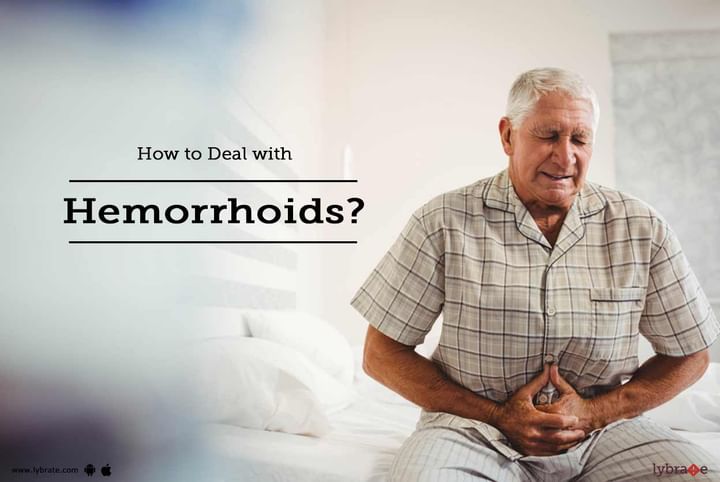How to Deal with Hemorrhoids?
Many women experience a temporary encounter with hemorrhoids when they are pregnant. Quite surprisingly, most people tend to experience this in their daily lives. By the age 50, majority of people have encountered one or more symptoms of this ailment, including rectal pain, bleeding, itching and may be prolapse where the hemorrhoids protrude out of the anal canal. Though this ailment can be rarely detrimental, it can be a painful intrusion. But thankfully, there are a lot of things we can do about them.
How may this be diagnosed?
Hemorrhoids are usually diagnosed from a plain medical history and health exam. External hemorrhoids, more commonly known as piles, are normally apparent, particularly if a blood clot is formed. Your physician shall perform a digital rectal test to detect blood in the stool. Then the physician may also inspect the anal tube with the aid of an anoscope, which is a short plastic channel interjected into the rectum with illumination. If he finds any evidence of microscopic blood or rectal bleeding in the stool, then there may be a need to perform colonoscopy or flexible sigmoidoscopy to determine the probable causes of bleeding like cancer or colorectal polyps, specifically in women aged over 50.
Is it possible to treat hemorrhoids at home?
Most of the common symptoms of piles can improve drastically with simple in-home measures. If you are suffering from occasional flare-ups, you may try the following:
- Eat a lot of fibre: It is recommended to add fibre in the diet; may be a fibre supplement like Citrucel, Fibre con, etc. When you drink a lot of water along with loads of fibre, stools get softened making them effortless to pass, which will reduce the pressure on the swollen veins. Eating broccoli, wheat, oats, beans, fresh fruits every day will help in decreasing bleeding caused due to piles. It also reduces swelling and inflammation. If you feel digestive issues with a sudden splurge of fibre in your diet, you may start slowly and gradually increase the amounts.
- Take a sitz bath: A sitz bath is a lukewarm water bath for the lower back portion of the body, which can help in relieving irritation, itching as well as spasms occurring in the sphincter muscle. You can either get small plastic tubs for a sitz bath or sit in a normal bath tub. Most physicians suggest a half an hour sitz bath after every bowel movement. Then tenderly dry the area and avoid wiping it hard.
There are several invasive treatments that can be opted if these conservative treatments are not able to help your condition. If you wish to discuss about any specific problem, you can consult a General Surgeon.



+1.svg)
